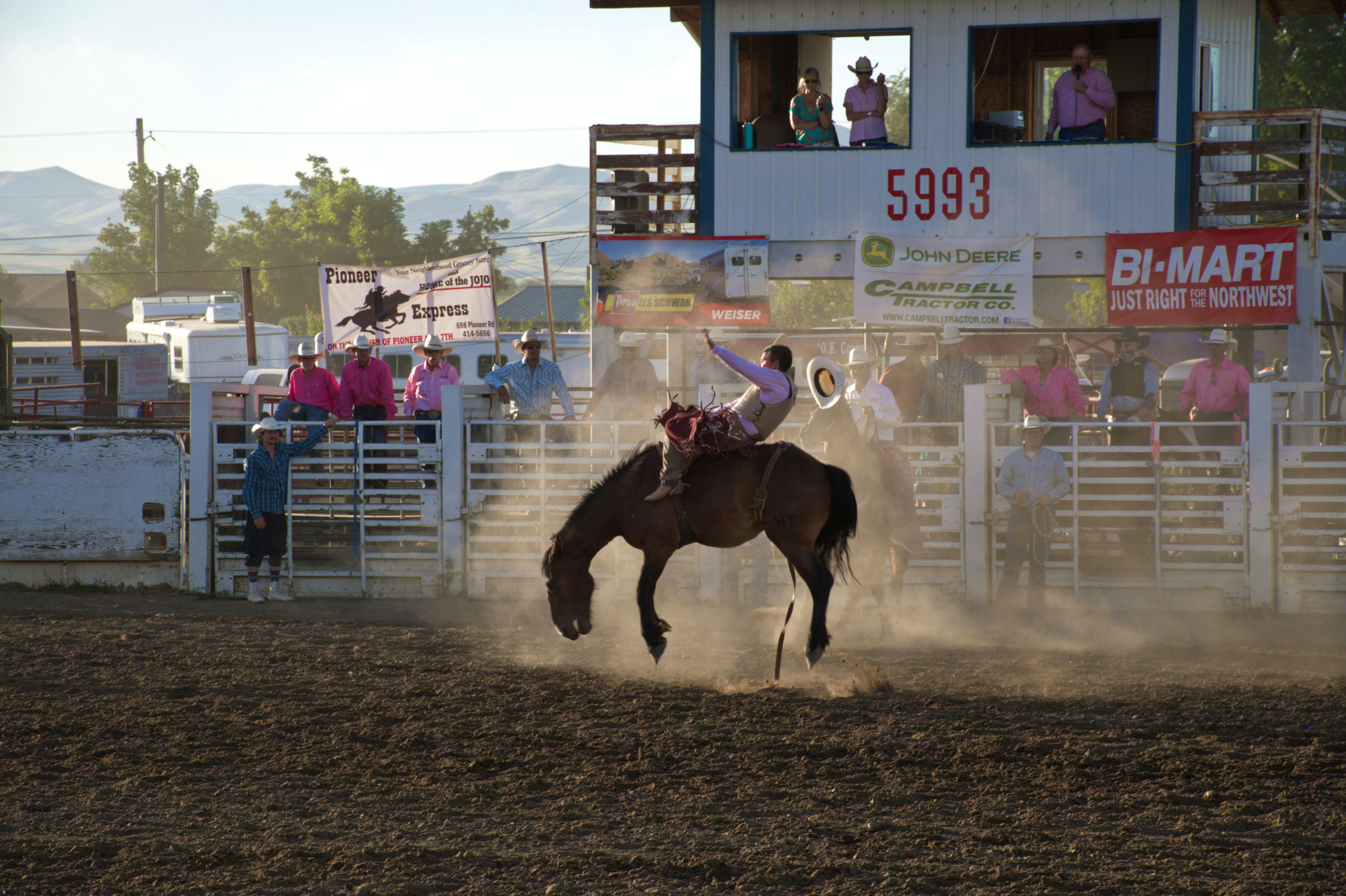How to break the faulty habit of moving your head during your golf swing
During any golfer’s swing, take away, back swing, downswing transition, downswing, impact, and follow-through, the golfer’s head can move in ten different ways. It can move up, down, forward, backward, up and forward, down and forward, etc., etc. At least seven of these movements are defective, which creates a great disadvantage for the golfer. Head movements, as well as other golf swing movements, become habits, good or bad, acquired when the golfer was first learning the game.
Jack Nicklaus started playing around the age of 9. By the time he took lessons from his first professional teacher, Jack Grout, young Jack had acquired a faulty habit of what Grout called “nodding off.” Like most habits, they are NOT easy to break. No matter how often Grout told Jack to stop shaking his head, Jack could NOT. One day, out of sheer frustration, Grout grabbed young Jack by his curly blonde hair and made Jack hit the balls for three hours … until Jack cried. But Jack Nicklaus received the painful, tactile feedback, and three hours of repetition, necessary to break the habit. Jack Nicklaus teaches and preaches what he calls “a head firm as a rock.”
Like Jack Nicklaus, golfers are not born with bad golf habits. A habit is an acquired pattern of movement or behavior, good or bad, that is ingrained in the golfer’s swing and is unconscious to the golfer. Habits are acquired through the repetition of an aspect of the golf swing that may have been learned from one’s own attempts, from another golfer, from bad advice, golf advice from conflicting magazines, golf books, videos, perhaps even from some golf instructors.
Bad head movement may be the most common bad habit of high handicap golfers. Golfers are generally unaware of behavior, movement, or habit. If the habit is faulty, such as when the head bobs or bobs, the golfer will probably never break the 80s or even the 90s, unless the bad habit is broken. But like most habits, they are not easy to break.
Brain and motor memory physiologists and researchers tell us that the repetition of the desired behavior pattern is necessary so that the brain can store the desired pattern as a new habit and thus break the existing bad habit. For the golfer with faulty head movement, it means repeating the swing while keeping the head steady, similar to Jack Grout’s teaching technique.
Some golf teachers will hold the grip end of a club against their student’s head and have the student hit and hit the balls. Hank Haney used this technique with Charles Barkley during the Golf Channel Barkley Project. It did not work. One reason is that it is difficult for the teacher to hold a stick perfectly still for a period of time without the stick wavering. Another reason is that the teacher can only do this for a few minutes during a typical 45 minute lesson. The golfer cannot get enough reps of the desired firm head to break the faulty habit.
Wouldn’t it be great if the golfer could exercise and swing with a steady head to gain enough reps to get into the new habit of a steady head? Is there a way for the golfer to know that he is keeping his head steady during his swing? Verbal comments from an expert can help. Or the Hank Haney / Charles Barkley approach mentioned above will help a little, but not enough to break the habit due to too few repetitions. Video recording can also help. But is there anything out there that can give instant feedback to the golfer on any head movement, at any time during the swing? Wouldn’t it be great for the golfer to know what it feels like to have a firm head and to do it correctly? Wouldn’t it be great for the golfer to transfer that habit to the course?
The patented PRO-HEAD 2 trainer can do just that. The golfer stands in front of the PRO-HEAD 2 trainer and adjusts a foam cylinder, at the end of one arm, at the height of the swing. The golfer rests his head against the foam, applies light pressure and takes golf swings, with or without a club, while hitting balls or not. The forehead against the foam is the fixed point of reference for the golfer. Unlike the end of a stick, foam is stationery and doesn’t budge or move. If the forehead is moved in ANY direction, away from this fixed reference point, the golfer gets instant tactile or tactile feedback on said head movement and during any aspect of the swing. This feedback is similar to what Jack Grout gave young Nicklaus.
The Exerciser / Trainer allows the golfer to exercise and gain reps anywhere indoors or outdoors, swing with or without a club, and hit or not hit balls. Through these repetitions of the swing and the instant feedback from the foam, the golfer can soon keep a steady head. This new pattern and the feeling of a firm head is sent to the brain and the new habit is formed. A new motor memory develops. The golfer has the feeling of having a firm head when he has learned this new pattern and this desired behavior. With repetitions over time, this feeling becomes permanent and unconscious for the golfer. The new habit is ingrained and can now be easily transferred to the course.
Many golf teachers are using the new PRO-HEAD 2 trainer, which they affectionately call “the mechanical Jack Grout.” Ask your professional if they have one. Or find an online retailer to buy one.
